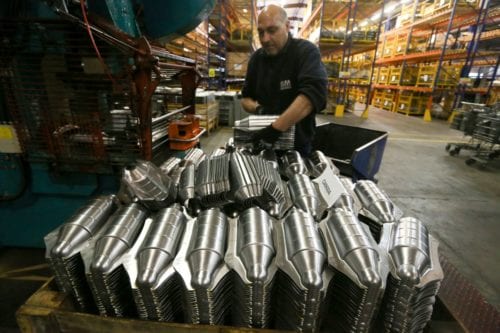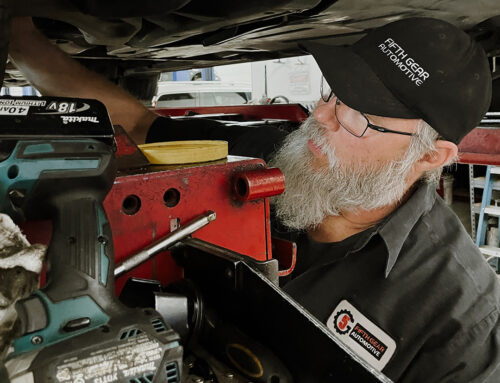“We’ve had 60 or 70 in just our shop alone if that gives you a sense of the magnitude of these thefts,” the mechanic said. “Most of my customers are just baffled. Like, why would somebody do this?”

The metallic element;
is housed in a bulbous piece of aluminum, called a catalytic converter, that encases a honeycomb structure that filters fumes. National data is scarce, but news reports point to thousands of catalytic converter thefts over the past year, a crime wave that has risen with the price of one of their essential components: rhodium, a silvery-white chemical element that is a byproduct of the production of platinum and palladium, and is unparalleled in its ability to remove the most toxic pollutants from vehicle exhaust.
A single troy ounce, which is slightly heavier than a regular ounce, of rhodium cost around $27,000 last week — more than a brand new Toyota Prius. That’s up from $1,700 three years ago.
But to understand why those prices, and thefts, are skyrocketing, and to understand how long they might stay that high, we must go back more than a decade to the 2008 global recession and follow its effects until they coincide with last year’s pandemic-driven economic catastrophe in South Africa, where 80 percent of the world’s rhodium originates.
Before the 2008 recession hit, South African mines were churning out platinum, a pillar of the country’s export economy that is used in a wide variety of products from jewelry to heavy industry. They kept doing so during the downturn, creating a massive surplus of platinum that persists to this day.
Because rhodium is a byproduct of platinum production, it is only produced when mining companies see a profit in platinum — which they might not for another few years until the surplus wanes.
“There is a lot of metal in the system, which has kept prices quite low for a long time,” said James Wellsted, spokesman for Sibanye-Stillwater, the world’s largest platinum and rhodium producer. Even meteoric rhodium prices can’t justify significantly scaling up platinum production right now, he said.

Each unit of ore mined typically contains 60 percent platinum, 30 percent palladium, 8 to 9 percent rhodium and trace amounts of other metals, said Emma Townshend, an executive at Impala Platinum, another major South African platinum metals group producer.
Mining representatives said they expected rhodium shortages and the accompanying high prices to persist until at least 2025.
Part of the shortage is driven by the demand side, too. As some countries in Europe, the Americas and East Asia raise emissions standards, new vehicles are expected to require more rhodium in their exhaust filters. And in countries like China, demand for cars is soaring.
CLICK HERE TO BOOK YOUR RESERVATION TO BRING YOUR VEHICLE INTO US TODAY
Lara Smith, founder of the mining market research group Core Consultants, said while rhodium shortages were in excess of 150,000 ounces, the deficit was expected to grow until a substitute was found or if there was a major switch to electric vehicles, which don’t require rhodium.
“There are certain metals that don’t follow fundamental supply and demand dynamics because nobody is going to set up a mine just for the rhodium,” she said. “Rhodium will always be mined or not mined because of the platinum.”
The shortage was only exacerbated by the pandemic. In South Africa, what little platinum mining remained was curtailed between April and November as the government figured out how to allow for mine activity without putting workers at risk. An explosion at a giant platinum mine last March also disrupted production.
These factors, together with the platinum surplus and surging demand, took what was already an expensive, rare metal and drove the price through the roof. The global automotive industry now spends tens of billions of dollars a year on the metals for catalytic converters alone.
“We call rhodium the most precious of all the metals. People are only taking note of it now, but really it has been the top-performing commodity for the last three or four years,” Wellsted said.
He said criminals who stole rhodium-containing catalytic converters usually sold them to a network of scrap merchants. Each converter generally contains about $400 worth of rhodium, he said, in addition to its numerous other components.
The FBI declined to comment on the spate of thefts.
“I call it a pandemic within a pandemic,” said Reichenbach, the mechanic. “Mitsubishis seems to be the thieves’ new hit, and who knows what it’ll be next.”







